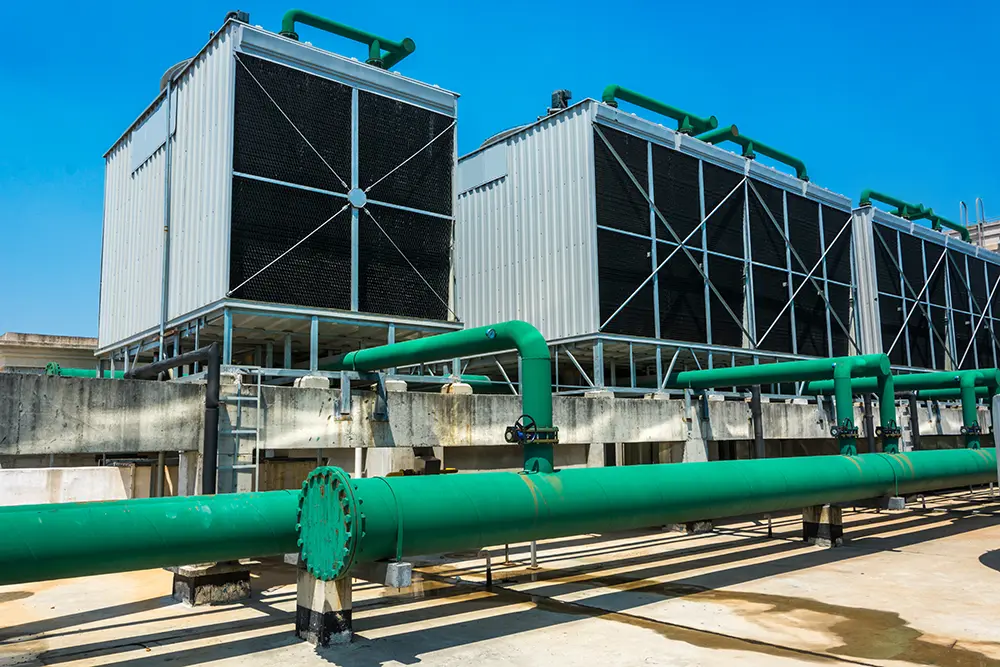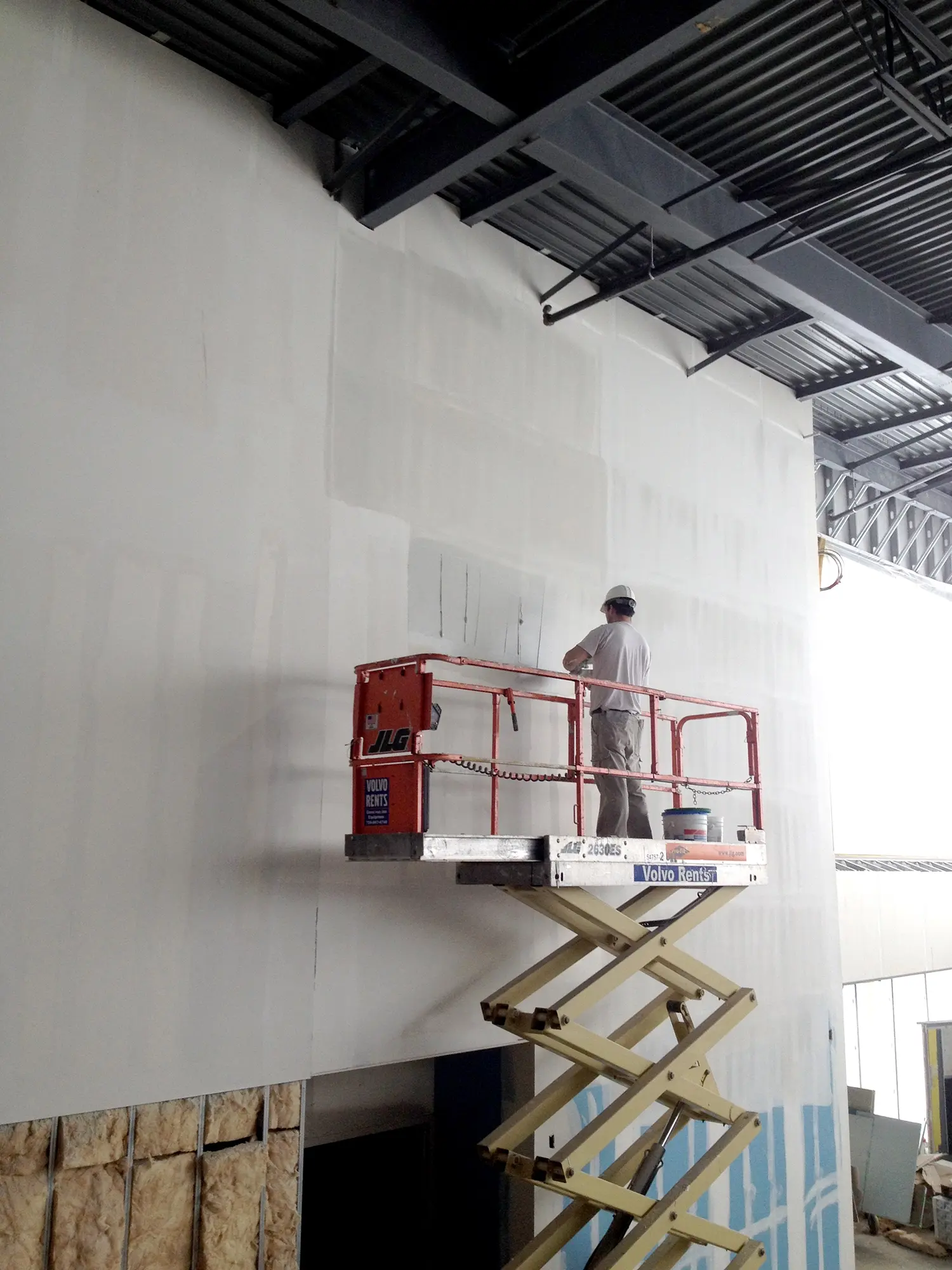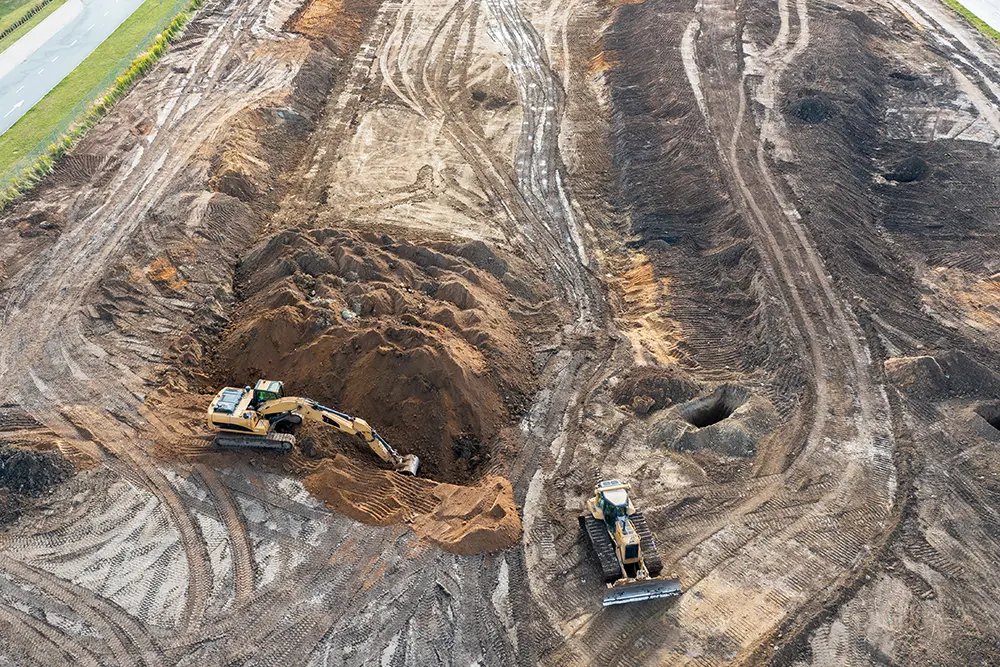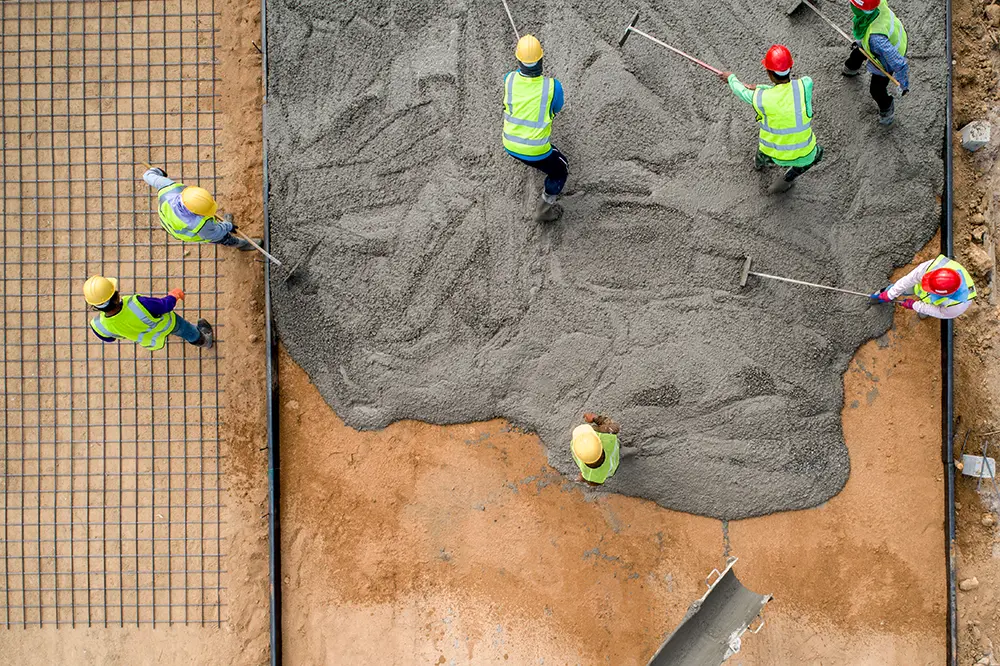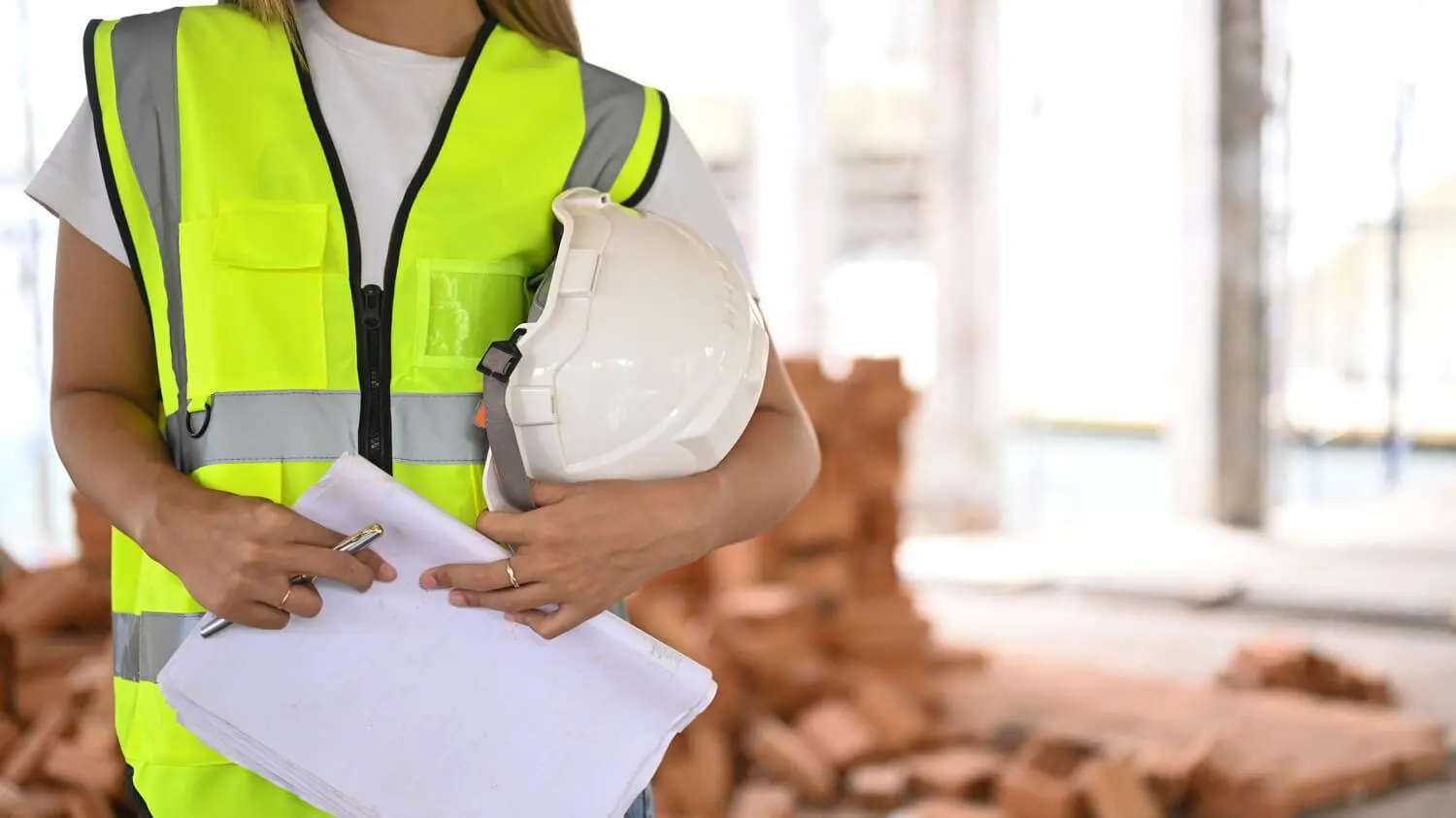Material handling and storage is one of the most important aspects that can determine the success or failure of a construction project. If done well, it can help reduce costs and construction-related injuries.
Significance of Material Handling and Storage
When the site is ready for work to continue, the transportation of construction material onsite begins. Usually, everything that goes into the construction project must be brought to the site (transport, handle, and store with care). Many times the only way to move this material onsite is by truck. These vehicles (loaded with concrete blocks, pipes, equipment, lumber, or any other material) provide a continuous flow of raw materials and parts that are vital to the project.
Risks Associated with Improper Handling
Improper handling of materials can result in serious injuries or even fatalities. From lifting heavy objects incorrectly to the danger of falling items and poorly stacked supplies, the risks are substantial. It is essential to prioritize proper material storage and handling not only for the safety of our construction site but also to comply with The Occupational Safety and Health Administration (OSHA) regulations.
OSHA Regulations for Material Handling
OSHA is focused on safeguarding workers from construction jobsite hazards. Within their regulations, various guidelines pertain to material handling, storage, use, and disposal. These rules are dispersed throughout the construction regulations, and we must familiarize ourselves with them to maintain a safe working environment.
General Requirements for Construction Material Handling
Segregation and Storage: To prevent fires and hazards, segregate incompatible materials during storage. Keep solvent waste, flammable liquids, and oily rags in fire-resistant containers until they are removed from the site.
Secure Stacking: All materials stored in tiers must be securely stacked, racked, blocked, or interlocked. Cylindrical materials like steel, poles, and pipes need proper stacking and blocking to prevent shifting and potential injuries.
Floor Load Limits: Be aware of the maximum safe load limits for floors used as storage areas. Never exceed these limits to avoid structural damage and accidents.
Clear Aisles and Passageways: Keep walkways and passageways clear and well-maintained to allow the safe movement of employees and material handling equipment.
Level Surfaces: When working on different levels, provide ramps or graded surfaces to prevent vehicle accidents and material spillage.
OSHA Requirements for Storing Materials
Hoist ways and Floor Openings: Do not place materials within 6 feet of hoist ways or inside floor openings. Maintain 10 feet from exterior walls that do not extend above the top of the stored materials.
Stacking Guidelines: Follow specific stacking guidelines for bricks and masonry blocks for stability and safety.
- When stacking bagged materials, step back the layers and cross-key the bags at least every ten bags high.
- Do not stack bricks more than 7 feet in height. When stacks of bricks reach the 4-foot height, start tapering it back 2 inches for every foot of height above the 4-foot level.
- Masonry blocks typically stack easier than brick, but when stacking masonry blocks higher than 6 feet, taper the stack back one half block per tier above the 6-foot level.
Lumber Stacking and Storage: Whether stacked by machine or manually, lumber should follow height limitations and be stacked on level, supported sills. Keep the stacks stable and self-supporting.
- Lumber stacked by machines cannot exceed 20-foot piles in height.
- Lumber that is going to be handled manually cannot be stacked more than 16 feet high.
- Remove all used nails before stacking.
- Stack lumber on level and solidly-supported sills.
- Stack lumber so that it is stable and self-supporting.
- Do not store excess materials on scaffolds or runways.
- Keep only the amount needed for immediate operations.
Proper Disposal of Construction Material
Properly disposing of waste and used materials is vital for maintaining a clean and safe worksite. Remove scrap lumber, waste material, and rubbish as work progresses. Never drop or toss materials from a building; use enclosed chutes for such actions.
Provide containers for waste separation, and make sure they have covers. Empty containers regularly to prevent overflowing, which can lead to fire hazards and falling debris.
The safe handling and storage of materials are non-negotiable aspects of construction safety. By adhering to OSHA regulations, following proper stacking and disposal procedures, and maintaining clear pathways, we contribute to the overall well-being of our team and the successful completion of our projects. Let’s work together to make our construction site a model of safety and efficiency.









